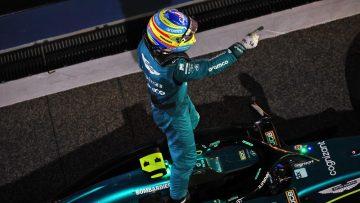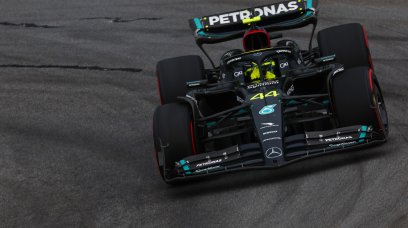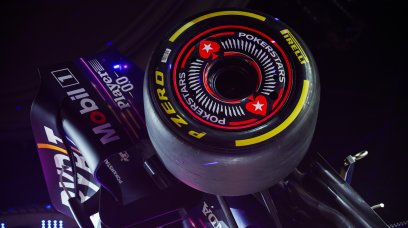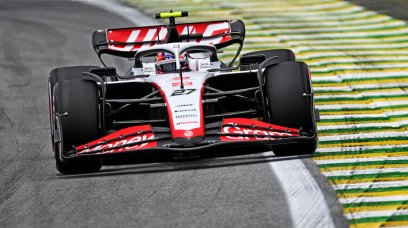When Christian Horner said after the Bahrain Grand Prix that Red Bull experienced an "element of nerves," you could be forgiven if you were wondering what 'nerves' a team that has just come off the back of 15 wins out of 22 races in a season could experience.
The RB18 is one of the most successful chassis ever built in Formula 1, and the performance in pre-season testing suggested that the RB19 would be a continuation of that success.
But while it might look like the Bahrain Grand Prix weekend was much of the same dominance we had come to expect from Red Bull with a bit of a threat from Aston Martin, in reality they were left chasing a setup that nearly compromised their entire weekend.
Not the same as pre-season testing
The first signs that all was not well came after running on Friday when Max Verstappen reported that the handling of the RB19 was "odd" having finished behind Fernando Alonso.
Aston Martin looked like a credible threat to the teams pole ambitions as they exhibited promising pace over one lap, however the Alonso hype train was still lacking some steam as the AMR23 could not match the pace of the RB19 over the course of the race stints.
Red Bull advisor Helmut Marko elaborated by saying the team was having problems with the temperatures, which were slightly higher compared to what the team prepared for during pre-season testing less than seven days earlier.
Team finds qualifying compromise
On the morning of FP3 the team did some runs on the Hard compound, but the scorching 40°C temperatures meant Verstappen overheated the tyres on every run - electing to abandon every one of his seven attempts at a lap before pitting.
Red Bull switched to qualifying simulations and the picture did not get any better - the Dutchman was still 0.005 seconds off Alonso. But come the top ten shootout in Q3, Verstappen smashed last years pole lap by more than seven tenths of a second.
Verstappen admitted that he had to make unusual "big changes" to his car throughout the weekend, while Sergio Perez said after qualifying that the "relative temperature" made the car setup difficult to predict.
The result was a compromise to put everything into the race, which meant Red Bull did not achieve the optimal performance for their qualifying runs. As their pace relative to Ferrari showed, it was only in several key areas that Verstappen made up time throughout the lap.
Viewed by others:
Reliability concerns
On the morning of the race Red Bull opted to change components to both Verstappen and Perez's cars, having spotted a reliability issue with their Internal Combustion Engine oil inlet pipes.
The problem was spotted as early as the Friday of pre-season testing, with the team electing to trial different design solutions to fix the problem due to its ease of access.
While it turned out not to be a major issue that resulted in a double retirement, it is yet another factor to consider in a weekend that appeared to exhibit Red Bull's ominous pace for the rest of the season.
Challenge not over for Red Bull
Given the challenges presented by the fluctuating temperatures at the Bahrain International Circuit, one can assume this will be a factor at most of the Middle Eastern races where ambient temperature can get high during the day.
Horner made the important point that the season will not be straightforward for Red Bull, considering every circuit will have "different challenges" for the team to overcome.
"The first race of the year to bring them home as we did with the handicap of the wind tunnel time and everything else, I think the team has done an amazing job to have this as a starting point," said Horner to media, including RacingNews365.com.
"Now we've now got to be efficient in our development moving forward, and every circuit will have its different challenges."
Also interesting:
With Red Bull having cruised to a 1-2 finish in Sunday's Bahrain Grand Prix, RacingNews365.com journalists Michael Butterworth and Dieter Rencken analyse how much we should read into their early dominance.

































